Many special interest groups lay blame on the presence of other livestock on the range for its depletion. But in some of the cases documented here, there has been no competition from other livestock for range forage for decades, and the depletion has been caused by the wild horses themselves.
Information compiled is available through the Bureau of Land Management and the National Horse and Burro Rangeland Management Coalition. ~FRR editor
The word ‘crisis’ is an intentional and accurate description of the state of many of America’s wild horse herds. In spite of the politics, opinions, and pitched emotions that have entered discussions about how to manage these horses, some western states have herds on Bureau of Land Management (BLM) lands that are suffering and dying due to a lack of water and forage. Even in areas where there has been no livestock grazing for decades, the horses are having a dramatic and negative impact on rangeland soils, water and wildlife. America’s wild horses are an iconic symbol of western freedom, but they are also primarily the feral descendants of domestic horses. As in other species of livestock, healthy and sustainable herds of wild horses require sound management. The BLM has been charged with managing most of the herds currently on federal lands. But lawsuits and pressures from special interest groups, and a lack of proactive management, have put the future of wild horses in peril, as the effects of unchecked population growth on arid western rangelands grow more dire with each passing year.
The facts about the wild horse crisis are uncomfortable, but efforts to address it are serious and based in science as well as a need for humane and lasting solutions. The crisis will only worsen, causing more suffering for the horses, more environmental damage, and more negative impacts to wildlife and rangeland plant species, if realistic and science-based fixes are not employed now.
Wild horse numbers today:
•There are nearly 100,000 more horses than rangeland will properly support (50,000 on the range and another 50,000 off the range)
•Another 12,000 to 15,000 foals are on the range today and expect that many more next spring
•As robust breeders, the wild horses double their populations every 4 – 5 years
•Horses in BLM holding facilities are costing taxpayers over $50 million per year
•Excessive numbers of wild horses on the range are severely degrading the ecosystem in many areas
Proposed Solutions:
•Adoptions are one solution, but at this time, only about 3,000 wild horses are adopted each year by private owners. Their fertility rate is 4 to 5 times the rate of adoptions, with 12,000 – 15,000 additional horses on the range each year. BLM spends $5 – 7 million per year to promote adoptions, but the demand simply isn’t there. If BLM gets the congressional authority to sell horses without restrictions, and euthanize excess horses as provided in the Wild Free-Roaming Horse and Burro Act, the likelihood that individuals and special interest groups will step forward to adopt horses and manage them privately will increase.
•Fertility control is another solution, but is inadequate to address the current crisis. There are 50,000 excess horses on the range in 2017. Available fertility control options are only effective when horse numbers are at or near appropriate management levels, and can be employed only in small Horse Management Areas (HMAs) where horses are well identified and gentle to approach. “Horse activists” have effectively sued to prevent research on sterilization, so that tool is not currently available to the BLM. These numbers are too great to be sustained on their natural range, and so starvation and death from dehydration have become commonplace for many horses.
A Crisis of Suffering:
Horses are starving and dying of thirst because the BLM has only restricted adoptions and limited fertility control tools as management options. Many special interest groups lay blame on the presence of other livestock on the range for its depletion and degradation. But in the Oregon and Nevada cases documented here, there has been no competition from other livestock for range forage for decades, and the depletion has been caused by the wild horses themselves. Photos from Nevada made available by the National Horse and Burro Rangeland Management Coalition (NHBRCM).

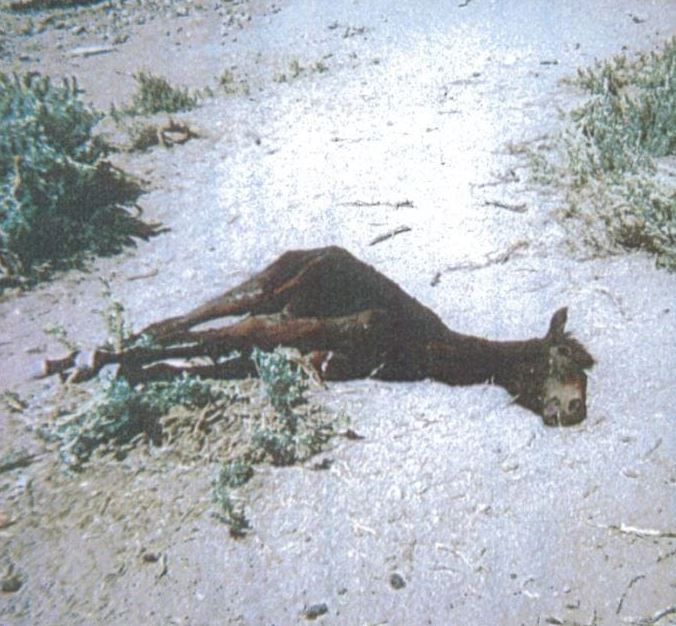

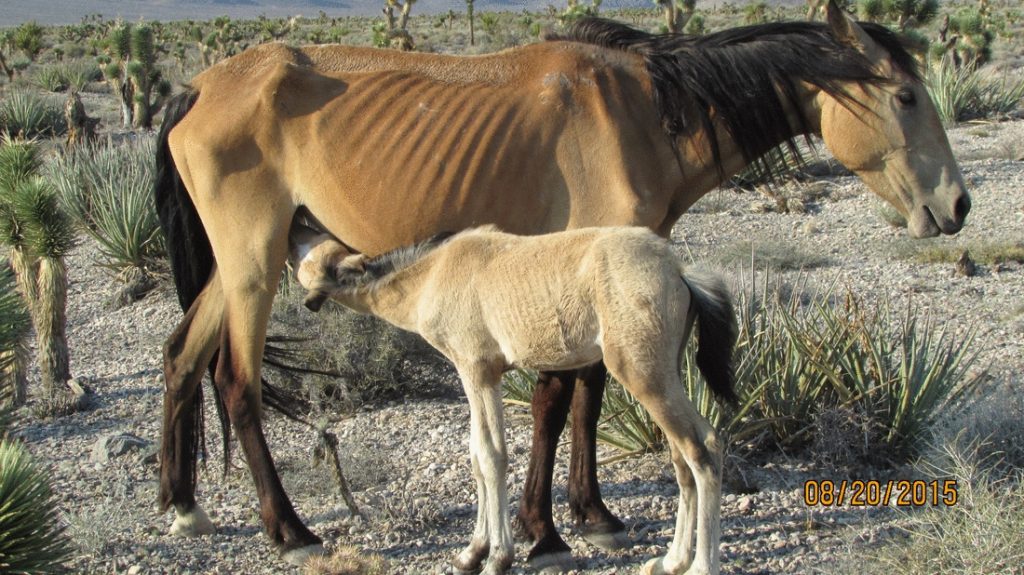
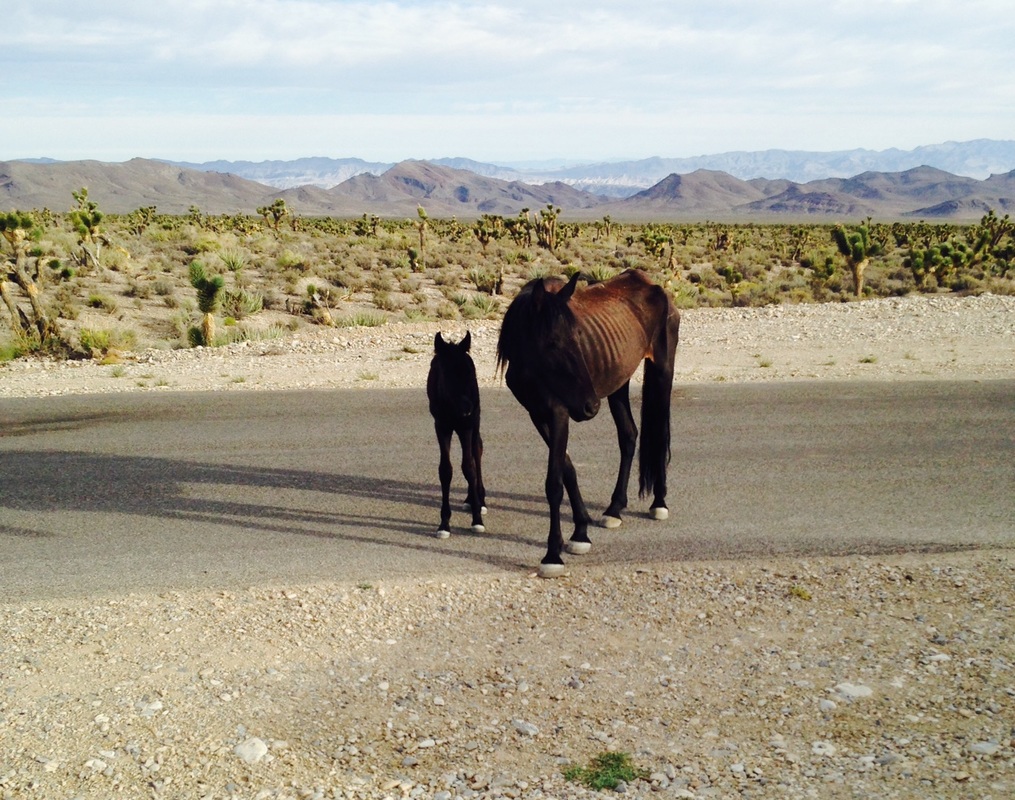
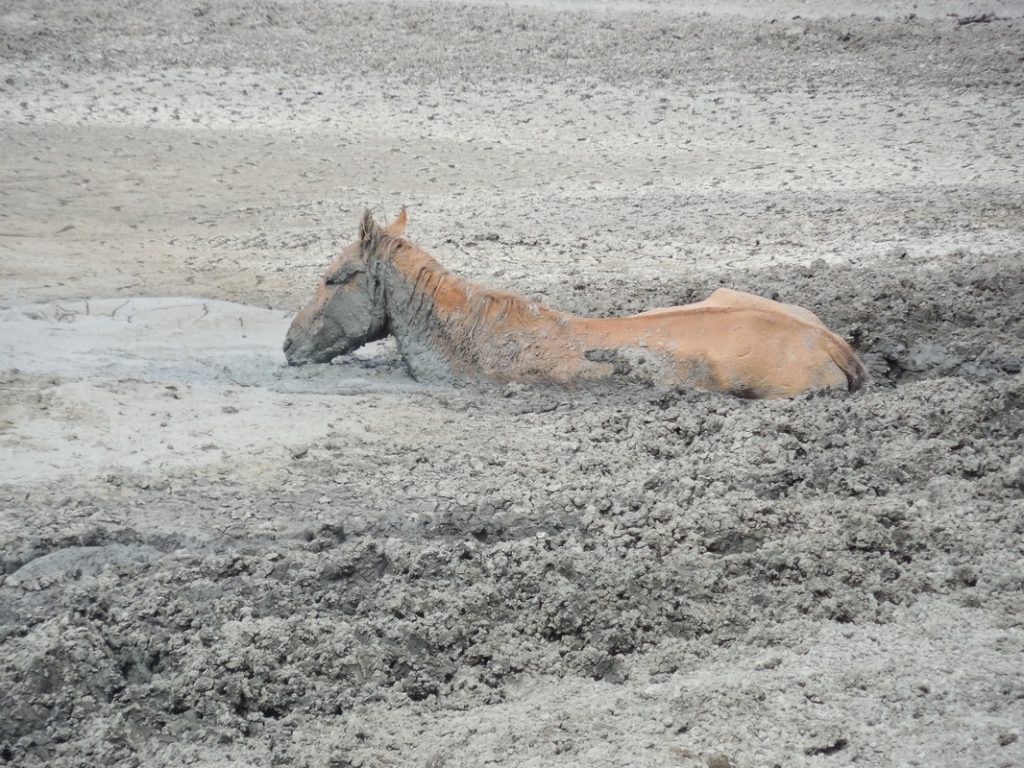
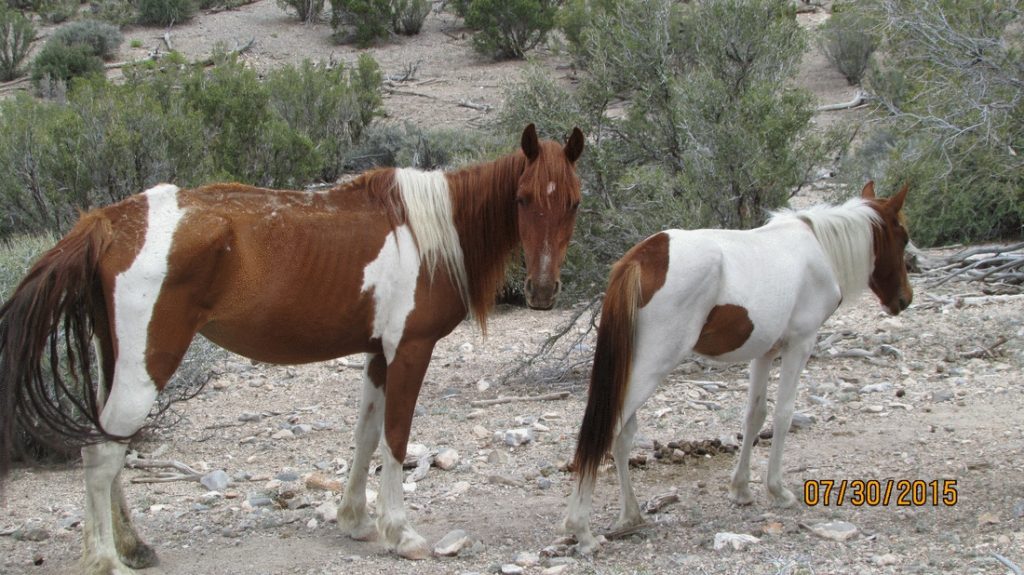
A Crisis of Rangeland Degradation:
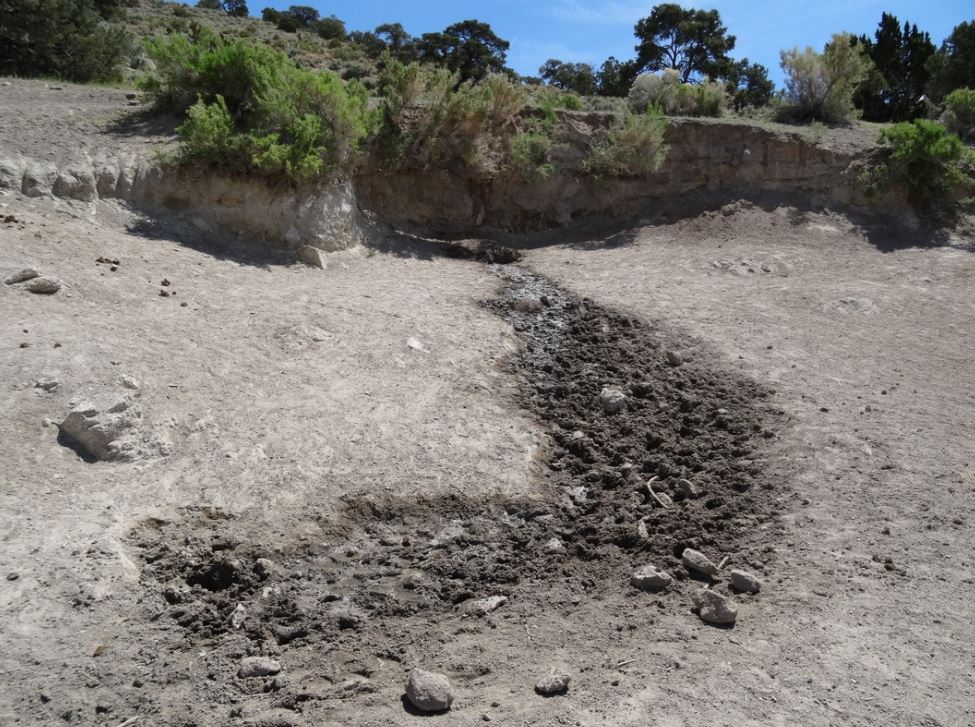
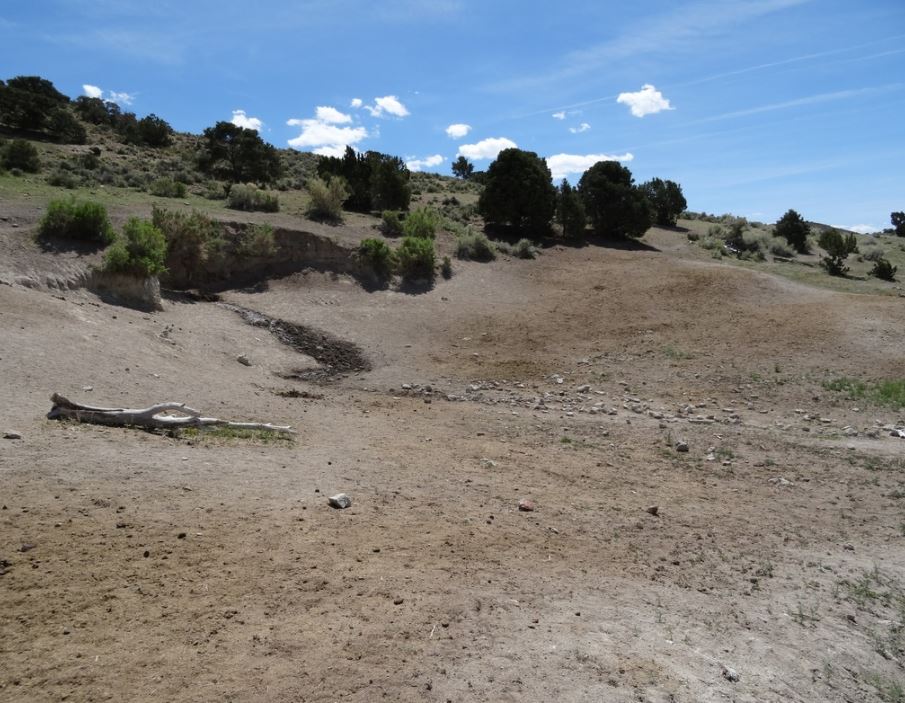
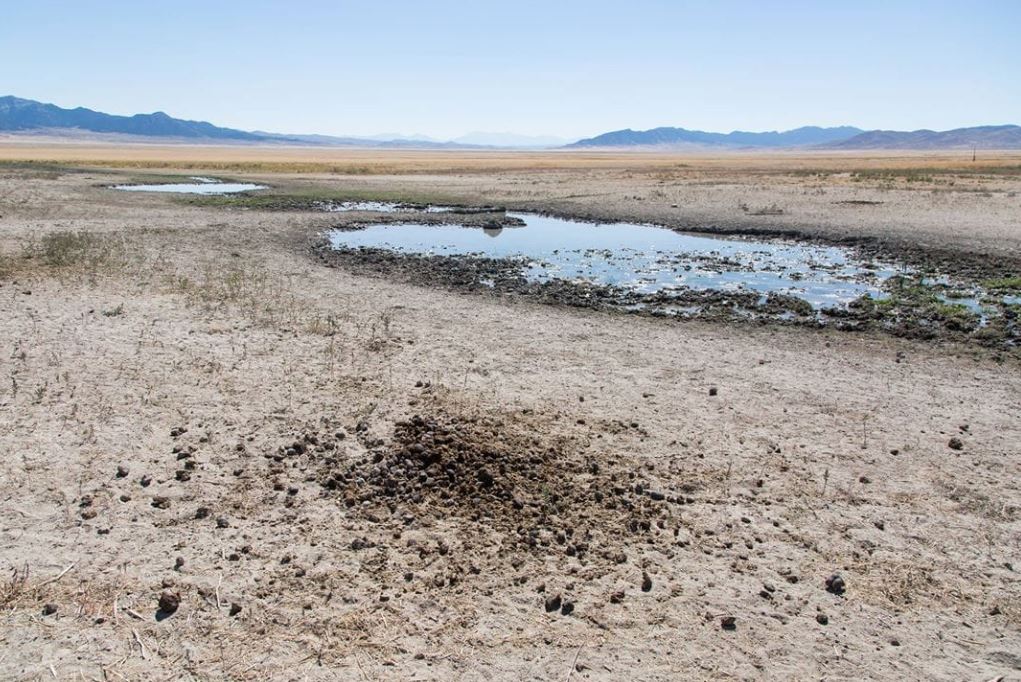
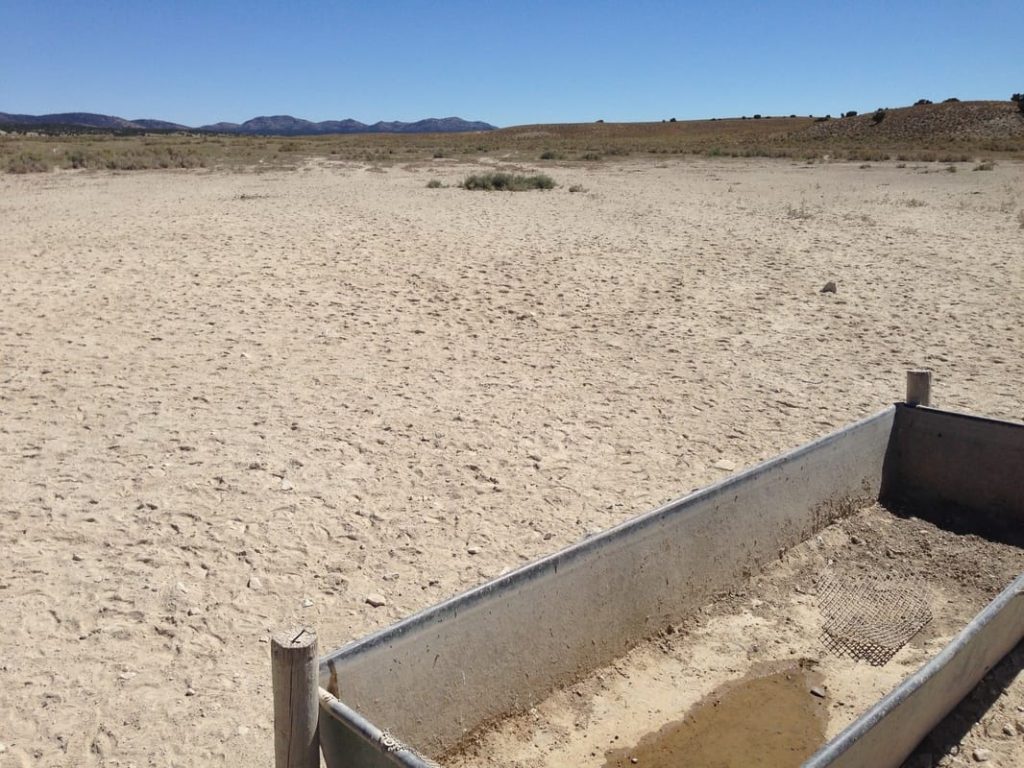
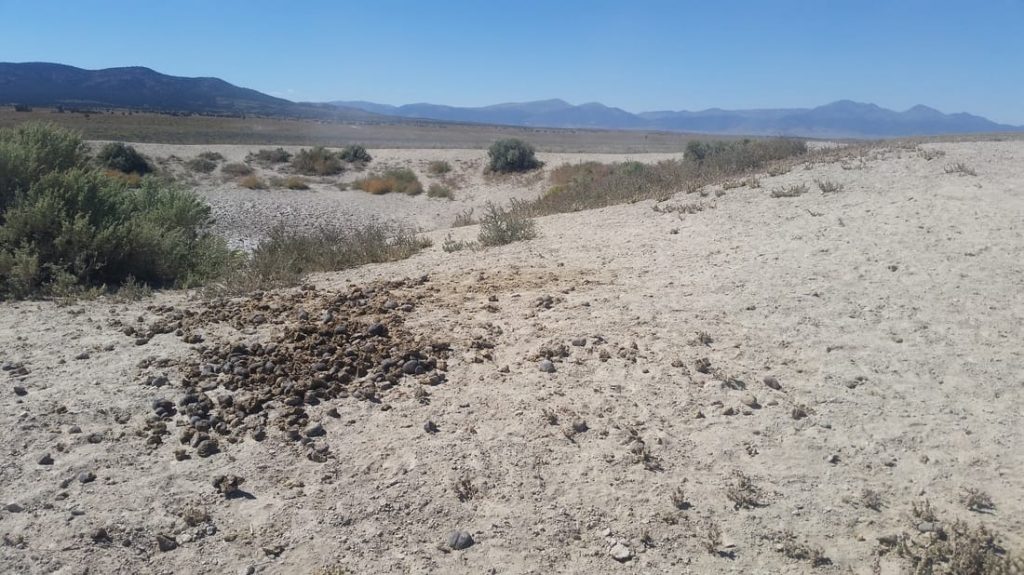
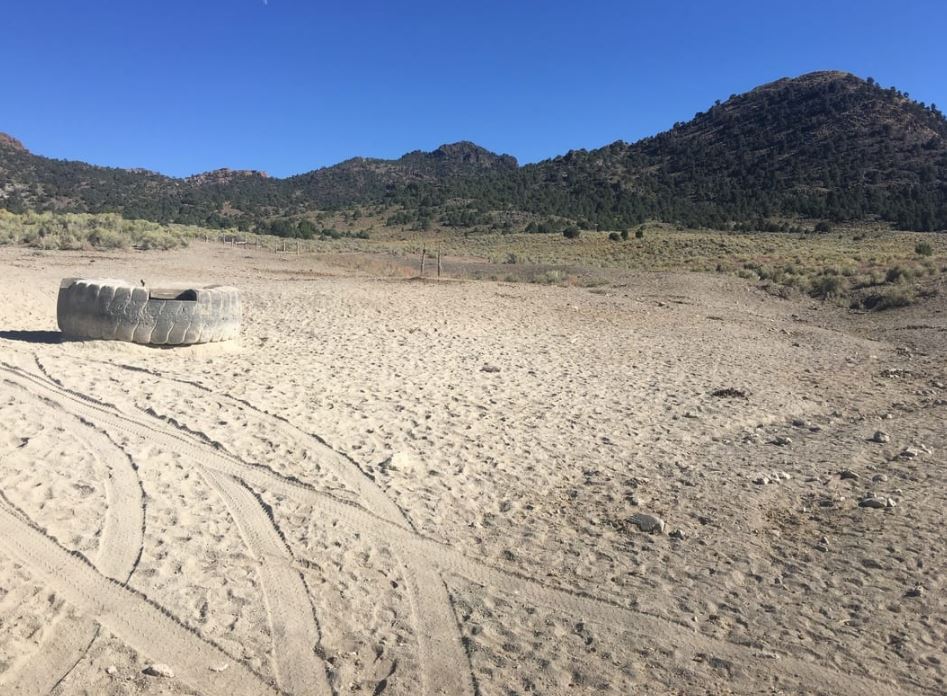
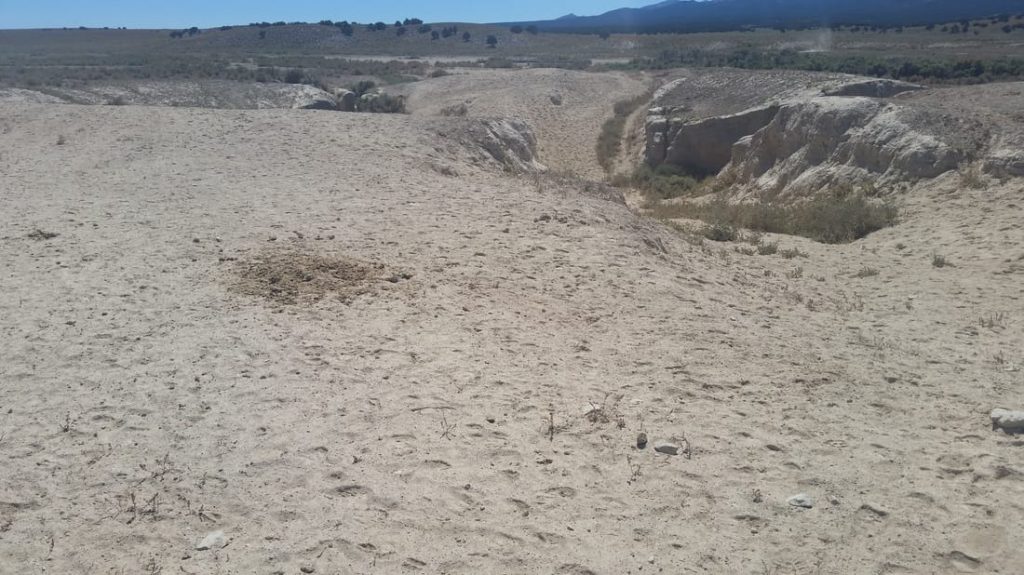
If the crisis of wild horses in the West is going to be reversed, the BLM needs to have all available management tools at its disposal because adoptions and fertility control are not enough. In many management areas, there are simply too many horses on the range, and in order to get the herds back to sustainable and healthy populations, all solutions are must be used appropriately and humanely. Without serious solutions, suffering, rangeland degradation and harmful impacts on wildlife will continue to spread.
A heated, emotional debate surrounds the question of euthanasia of unhealthy animals, as well as those horses in circumstances that are unsustainable. Is it humane to kill wild horses through the practice of euthanasia? The answer lies in the question of whether or not it is humane to euthanize domestic animals; horses and other livestock, which are suffering in intractable conditions. We all know the answer to that question is ‘yes.’
No one disputes the fact that the BLM has the responsibility to manage the range in an environmentally sound manner and handle the horses in a humane manner, but Congress bears the responsibility for giving the BLM the tools to manage the rangeland and horses. Their actions will determine whether or not wild horses will die horrific deaths through starvation and/or dehydration, or whether management tools will be provided to the BLM to address the crisis from all sides.
[paypal_donation_button]
Free Range Report
[wp_ad_camp_3]
[wp_ad_camp_2]
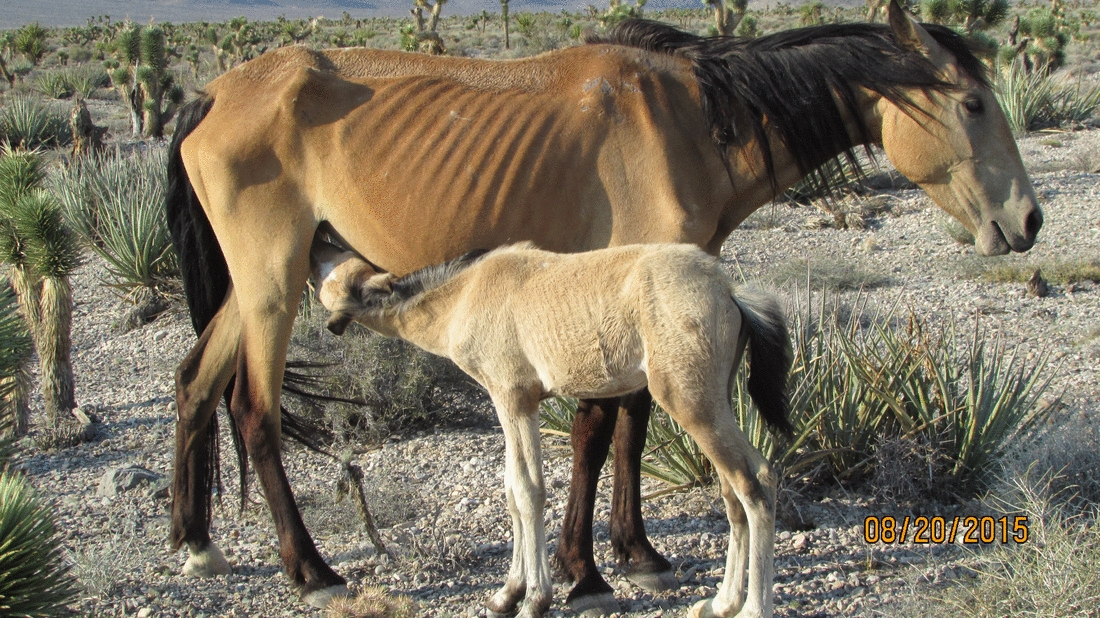
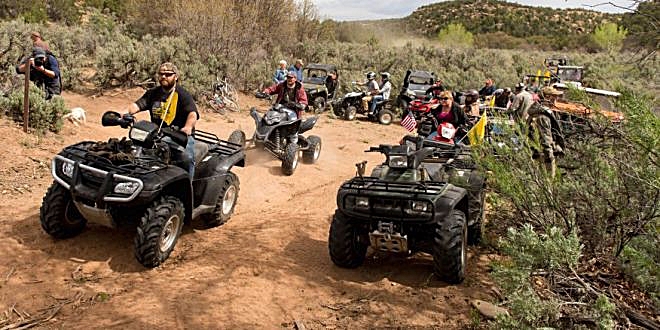
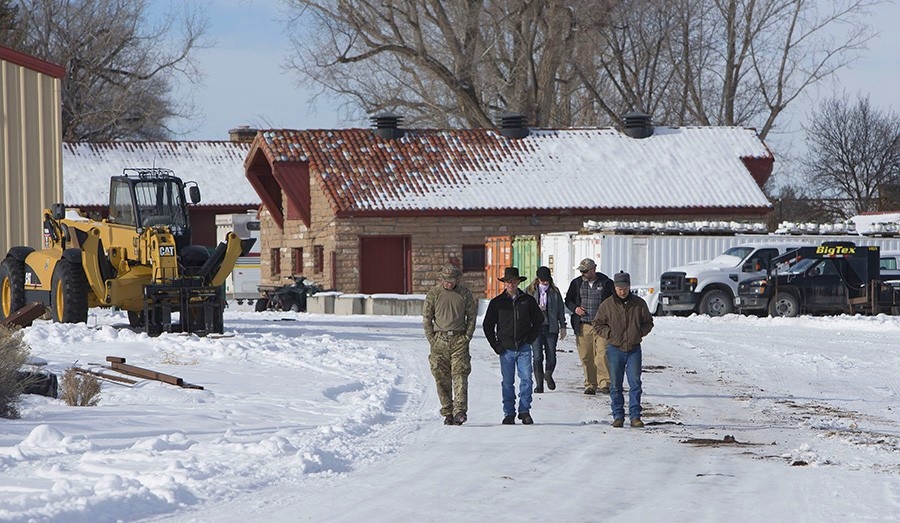
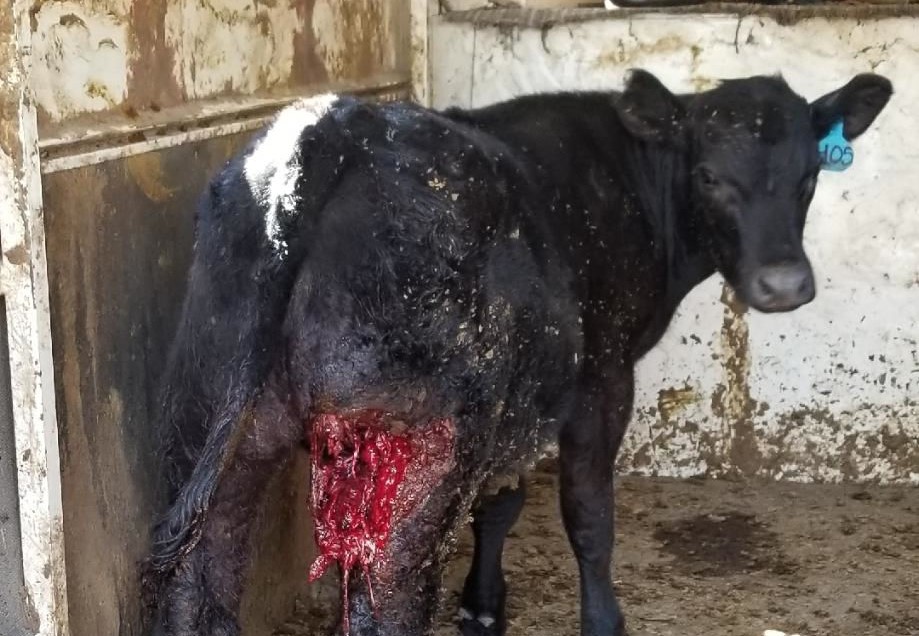
“Horses at Moody Springs are so desperate for water they have broken through the fence protecting the head of the spring from trampling”
If course they die when the BLM prevents them from getting to the water sources!
Thank you, Judy! I was going to say that they could have redirected part of the Spring to the horses.